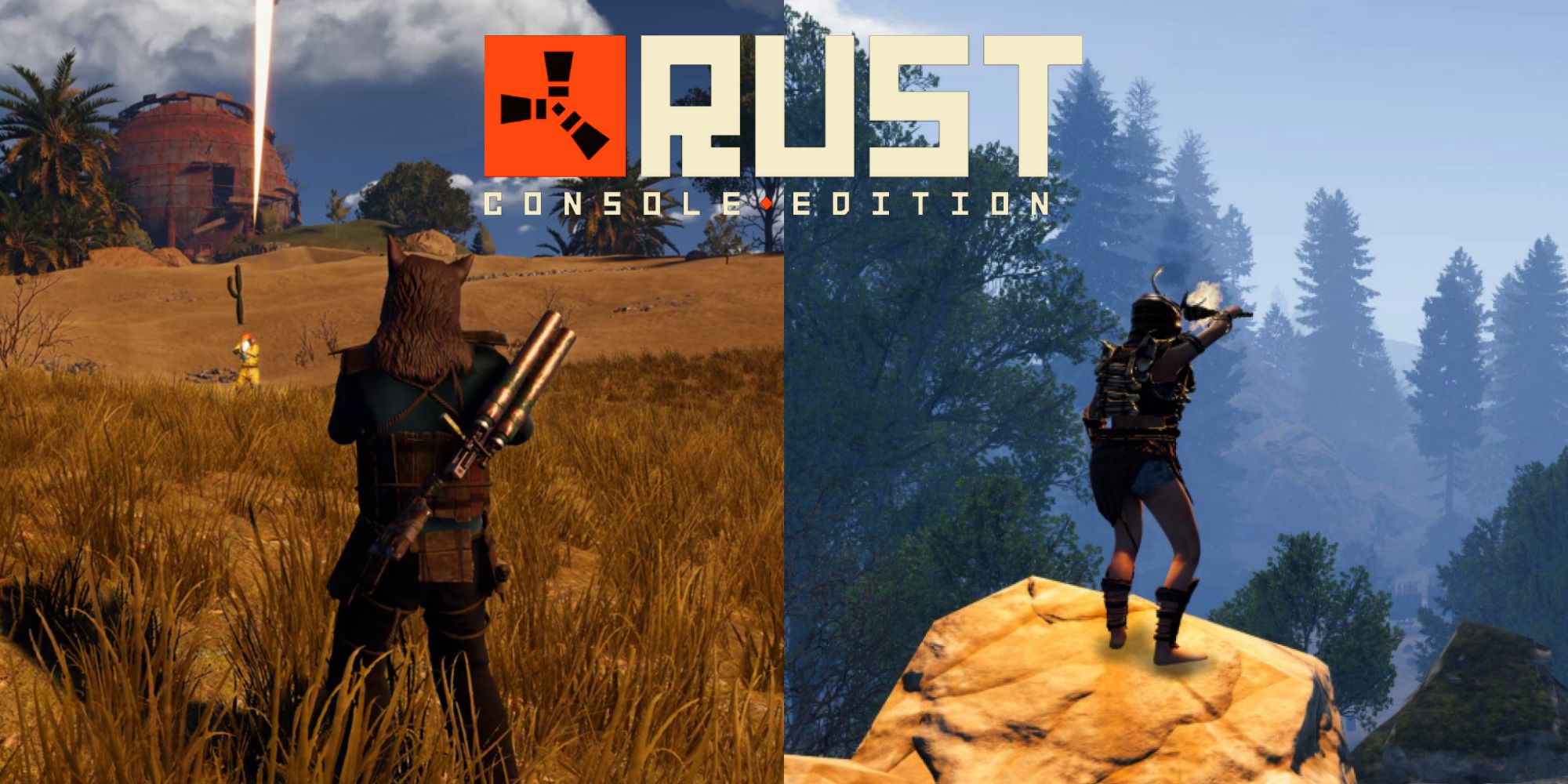
Rust Console Edition just launched in late May. An entire new community of Rust players will have their first survival experience on Rust island in the coming weeks. The majority of these players will have no idea what they are doing. Many will be stuck in a death loop on spawn beach. Others will fall victim to animals, cold, radiation, or starvation.
RELATED: Rust: How to Get Food
Getting off to a quick start is the best way to set the tone for the wipe and create some separation from the average player on the server. With a defensible base, weapons, and heaps of scrap, anyone can become a force to be reckoned with on Rust island.

Spawn beach is infested with clueless NPCs chasing each other around the map. At the beginning of a wipe, finding useful resources is the number one priority. Obviously, running is not always an option. As soon as survivors spawn in, they need to look at the map and plan where to build a first base. The top newbie locations are close to a fishing village or near the Bandit Camp/Trading Post.
RELATED: Rust: Everything You Need To Know About Building Bases
Fishing villages are off the beaten path, and gamers have access to a boat for offshore scrap farming. The Bandit Camp and Trading post are safe areas with recyclers. Having a non PVP area to retreat to early in the game is a nice safety net to have. One final option is to begin running toward a smaller monument. Small monuments have a fair amount of loot, and pose no radiation threat.
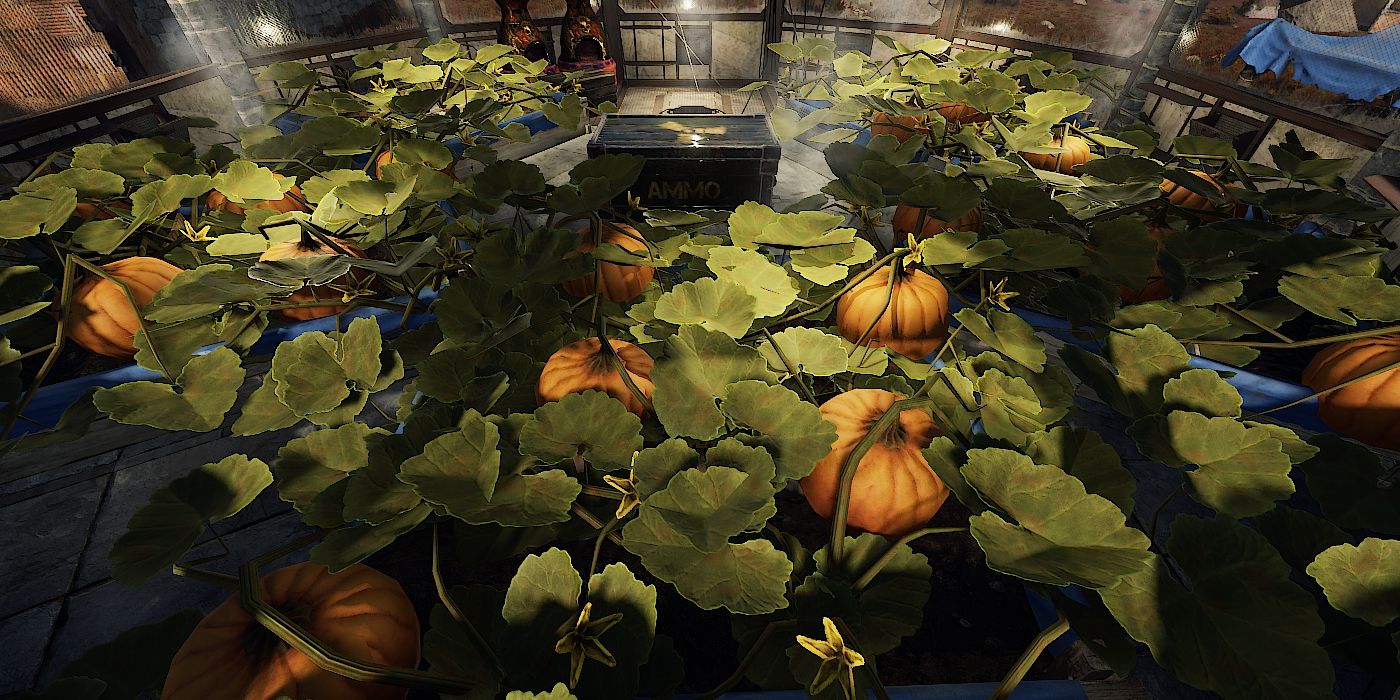
Any other items are a distraction on day one, and these four resources should be the priority on the way to a first base location. Wood and stone are everywhere on the island, so it should be easy to collect enough of the resources to build a starter base. Stone nodes are large boulders that will shimmer when approached. Harvested Hemp yields cloth, which is needed for clothing and a sleeping bag. The top early game foods are plants that can be harvested along the shores of rivers.
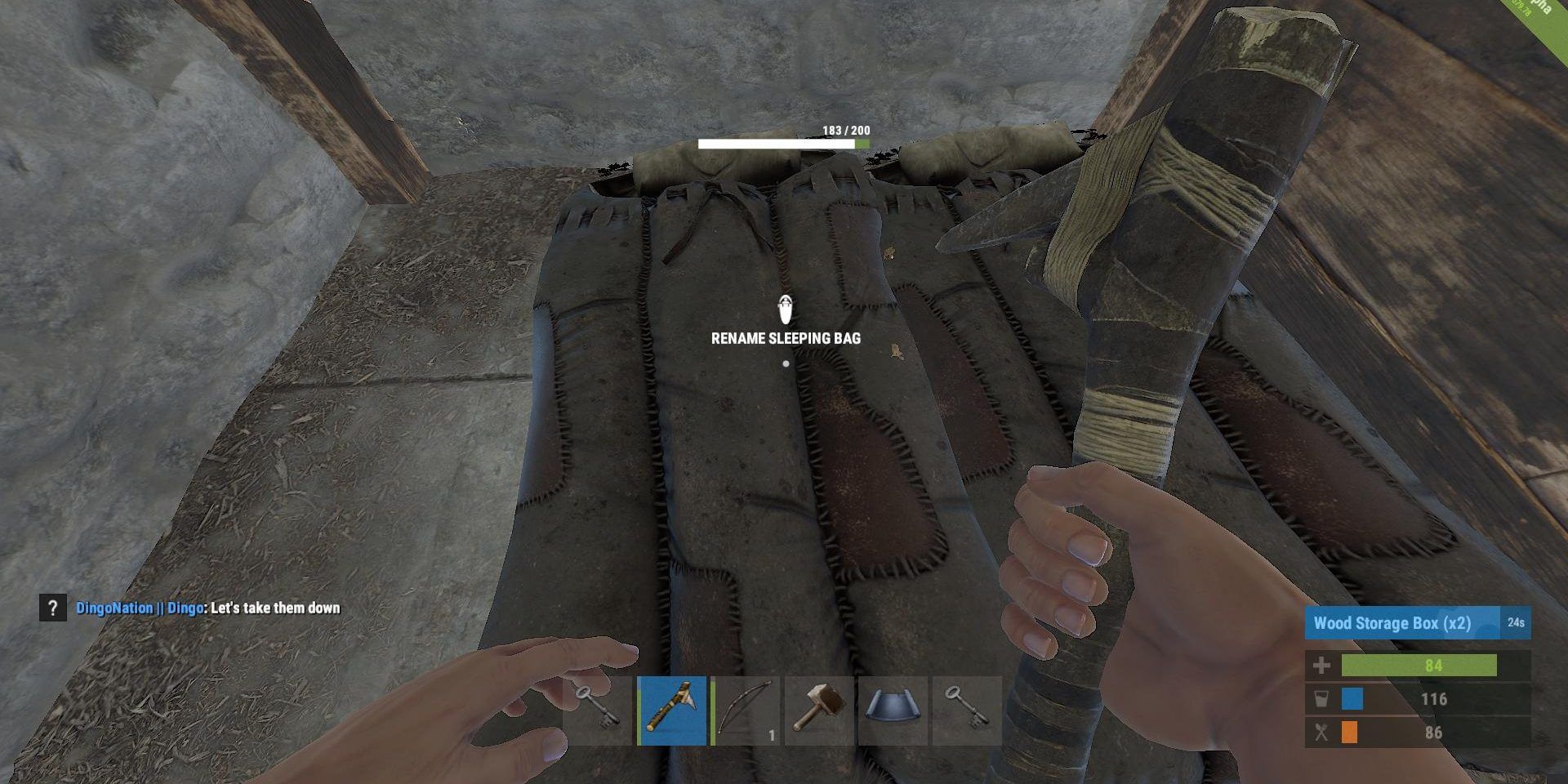
With the above four materials, nearly all of the important items early in a wipe can be crafted. To make this guide as easy to follow as possible, they are listed below.
RELATED: Rust: 25 Pro Tips You Need To Know
- Sleeping Bag: 20 cloth (2 Hemp plants)
- Stone Hatchet: 200 wood and 100 stone
- Burlap Clothing: 60 cloth to craft the set
- Hammer: 100 wood
- Building Plan: 20 wood
- Hunting Bow: 50 cloth and 100 wood
The sleeping bag's primary purpose is to ensure the player does not have to respawn way back at spawn beach. Survivors will need the Stone Hatchet for breaking down trees and metal barrels. The Hunting Bow is for both hunting and protection. A base Burlap set provides some cold and radiation protection in the early game. Finally, the Hammer and Building Plan must be crafted to begin constructing an initial base.
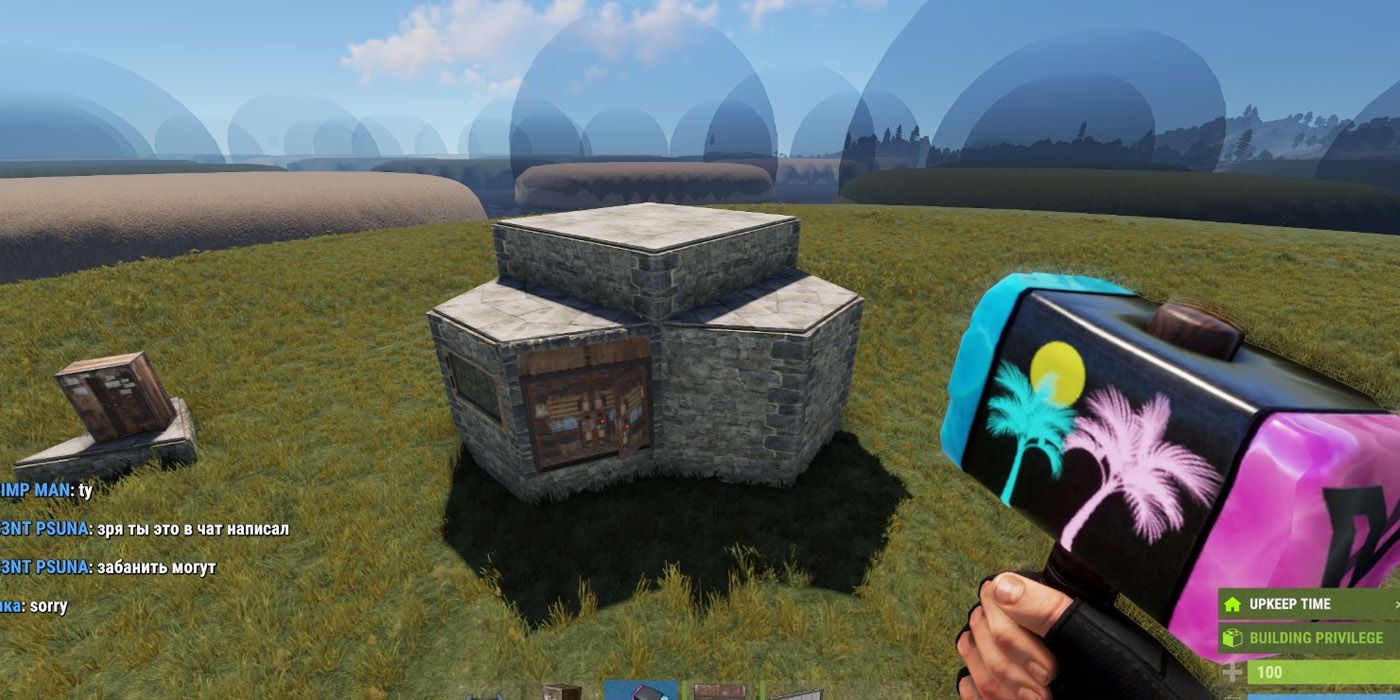
Wood and stone are important resources for a variety of uses. Spending all of the wood and stone in one's inventory for a day one base is wasteful. Initial bases are for temporary safety and storage that act as placeholders while gathering the materials for a better, more secure base. A simple 2x2 base with an airlock and keylock is sufficient in the first few hours on Rust. While the exact build is not important, a covered structure that has a lock will be the bare minimum.
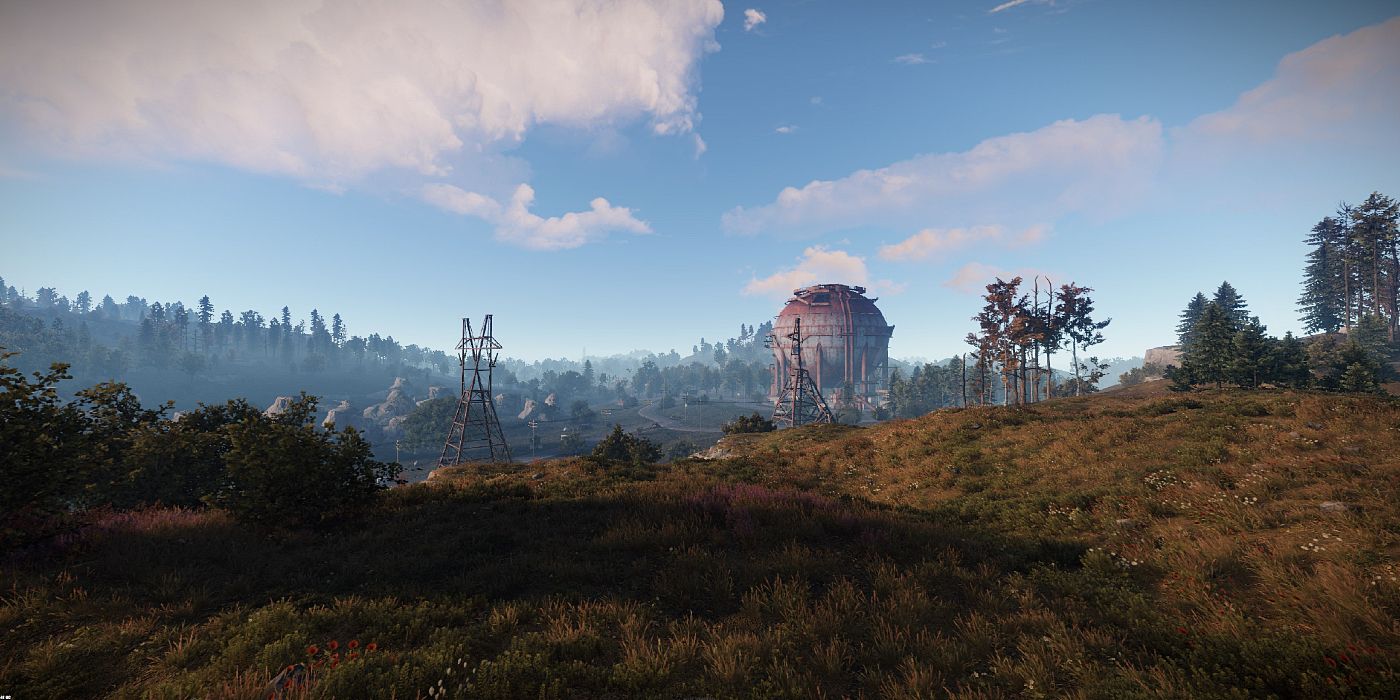
Days in Rust last 45 minutes, which should be enough time to accomplish all of the above tasks. Once nighttime comes around, gamers can choose to continue looting, or lock up in their base for safety. The two best locations to collect the necessary metal and scrap to progress are the ocean barrel piles and small monuments. Small monuments pose less of a PVP threat and no radiation threat. Likewise, the ocean is relatively safe, and one Rust day breaking down barrels can net enough metal for a purchase at the Outpost.
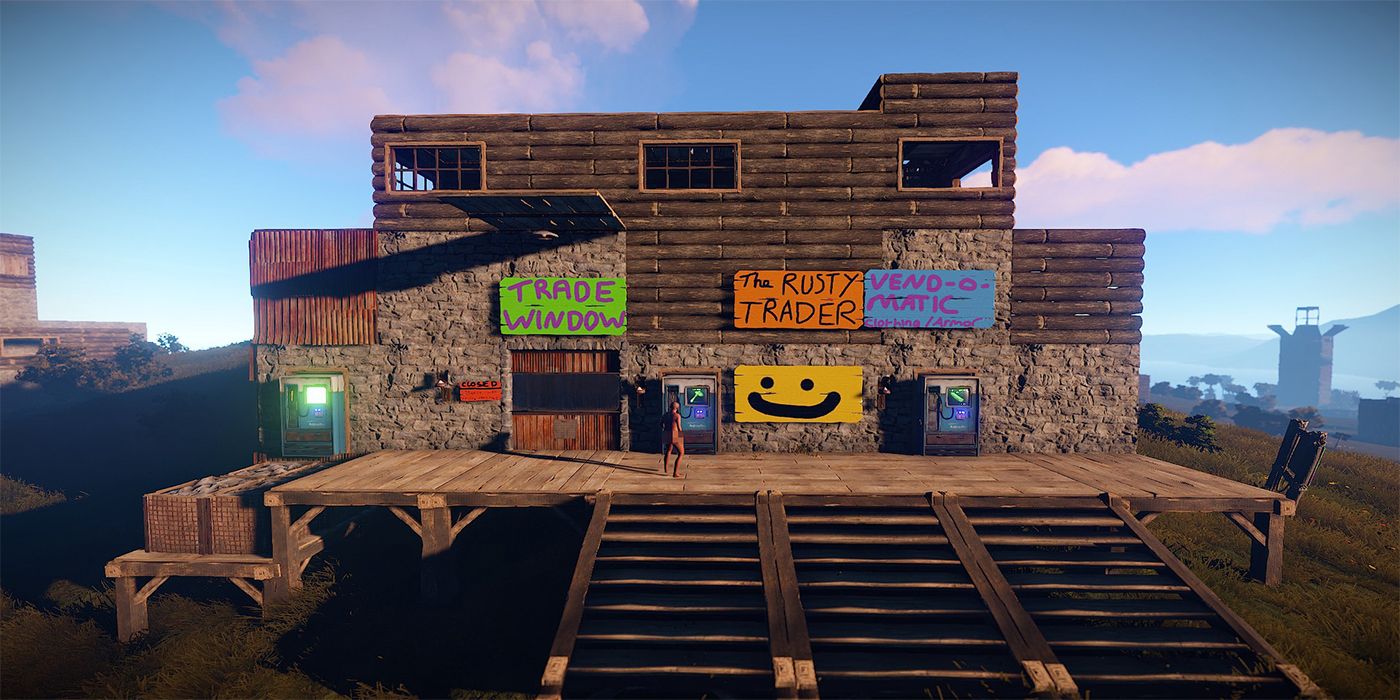
The second step of Rust progression is getting enough scrap and metal fragments to construct a workbench. Survivors will need at least a level one workbench to craft low-tier weapons, ammo, and clothing. Naturally, higher-level workbenches provide improved items but will take more scrap and metal fragments to build. Once people have good enough weapons and clothing, they can move on to larger monuments for more efficient looting ventures.

It can be hard to resist the allure of early game PVP over farming and building. However, PVP is not very rewarding in the first few hours of gameplay, as most PMCs only have wood and stone in their inventory. By putting an emphasis on farming, players will be miles ahead of the competition just a few days into the game.
Once survivors have a second secure base and a level 3 workbench, that is the time for PVP. Loot rewards will be worth the risk, and nearly all solo enemies will be at a severe disadvantage.

